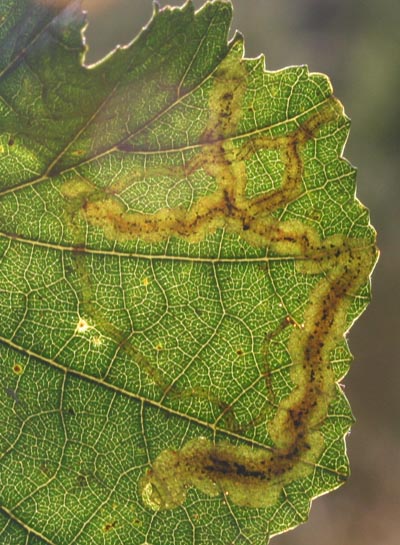The Angelica is sadly going to seed now, and I only managed a few visits in dry weather. This is one of the many male wasps that have been thrown out of the nests to forage for themselves:
 |
| Male wasp on Angelica |
Leucozona glaucia has certainly been scarcer this year. I'm not sure if this has been caused by last year's excessive rain or this year's excessive rain.
 |
| Leucozona glaucia hoverfly |
Amblyteles armatorius is one of the few Ichneumonids that can be identified without microscopic analysis:
 |
| The Ichneumonid Amblyteles armatorius |
One of the problems with identification of Mirid bugs is that some of them change colour in the later part of the season, so there are different confusion species at different times of the year. Stenodema holsata is brown in its first season, but will be green next year:
 |
| Mirid bug Stenodema holsata |
Compare with Stenodema laevigata (which is longer and thinner) on this earlier post.
I was working a line of Alders tonight and found this mine:
 |
| Mine of the Agromyzid fly Agromyza alnivora on Alder |
The Peacock butterfly relies on Nettles for larval food, so I'm always a bit puzzled that I see most of my local specimens in an area where there are no nettles (that I know of) for hundreds of metres in any direction.
 |
| Peacock butterfly |
Moths to light include:
Large Yellow Underwing (a clear sign of the progressing year):
 |
| Large Yellow Underwing |
 |
| Rosy Minor |
The extremely variable Common Marbled Carpet:
 |
| Common Marbled Carpet |
And a new (to me) micromoth:
 |
| Epinotia nisella |
Epinotia nisella is a Willow feeder. This specimen is not of the usually-illustrated form, but is more like the mainland European specimens.
New to my Species Index.

1 comment:
"Leucozona glaucia has certainly been scarcer this year" - it certainly has, I've only seen one (and that wasn't very bright blue) which is a shame as it's one of my favourites.
Post a Comment